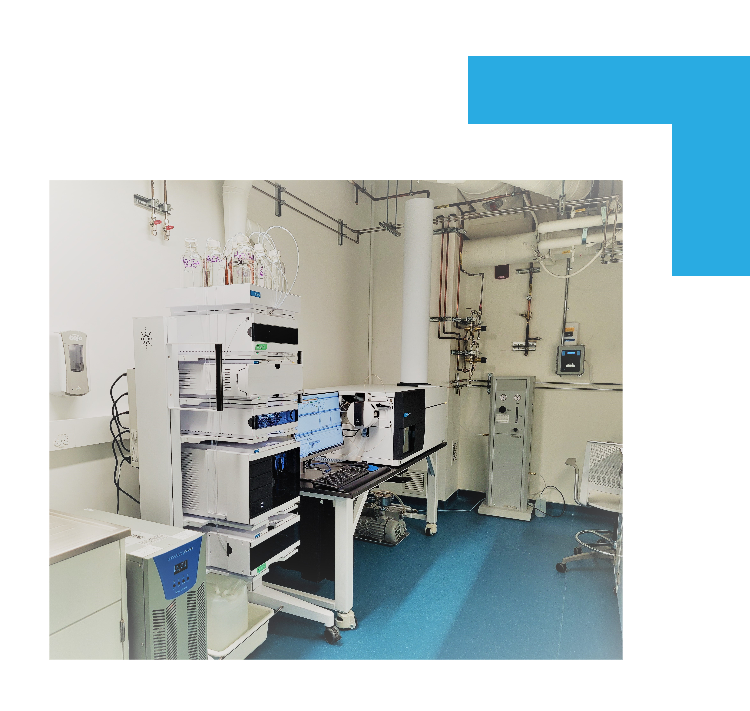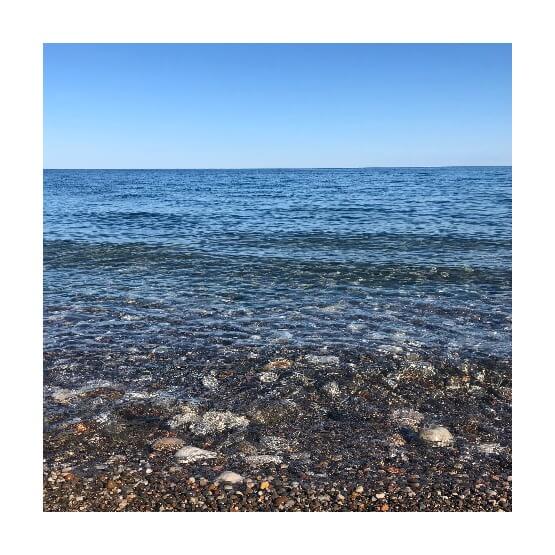 About
About
The Emerging Contaminants Lab develops innovative methods to further the understanding of fate and behaviour of contaminants in the environment.
This means to develop new methods and to critically examine and re-think analytical and risk assessment strategies for contaminants. The specific research focus are contaminants in the aquatic environment that originate from consumer products, such as plastic additives.
Our aim is to build an understanding of the environmental fate and transport mechanisms that govern the behaviour of plastic contaminants in the aquatic environment. Our team works on a variety of interdisciplinary projects ranging from identifying the properties and transport mechanisms that drive plastic additive patterns in urban waters to the investigation of plastic contaminants in Arctic seabirds.
 Research Areas
Research Areas

Fate & Behaviour of Contaminants
We investigate the physical-chemical and environmental mechanisms that govern the behaviour of contaminants in the environment. For example, we are interested in how plastics can act as transport vehicles for contaminants into the Canadian Arctic, whether contaminants are retained in wastewater treatment plants, and how the chemical “fingerprint” of microplastics changes due to weathering.

Emission & Exposure Pathways
Information on where environmental contaminants originate from and which environments or communities are most exposed are crucial for preventing pollution, mitigating impacts, and holding polluters accountable. We work with regulatory partners, forensic scientists, and analytical experts across Europe and North America to develop analytical techniques on how to track sources of plastic pollution (including microplastics and plastic additives) and identify their exposure pathways.

Analytical & Risk Analysis Methods
None of our work would be possible without highly sensitive and selective chemical and data analysis methods. Because we focus on emerging contaminants, many of these methods don’t exist yet. Within our work, we therefore develop and re-evaluate chemical as well as chemical risk assessment methods to create and adapt methods to the environmental challenges of emerging contaminants.









